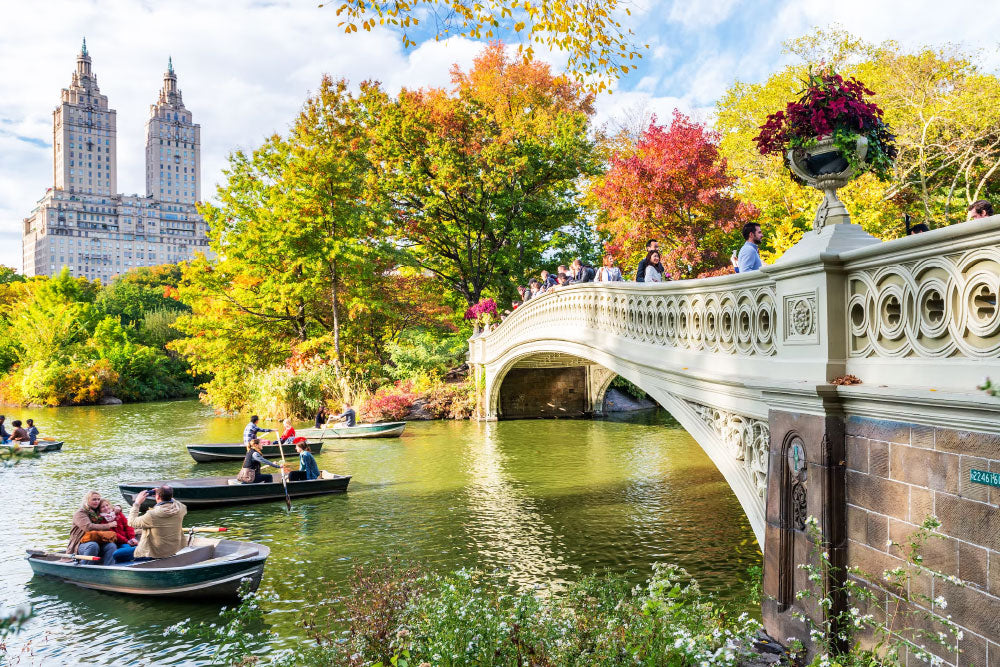
The Qu'Appelle valley in autumn.
Canada, with its expansive beauty, unrelenting climates, and nature preserves farther than the eye can see, possesses an area filled with folklore, rich history, and amongst many other things, sprawling grassy plains surrounded by scattered antiquities of bygone times. Qu’Appelle valley’s endless stretches of hidden lowlands is an area of Canada known by few and treasured by all who enter its graces.The valley, in Canada’s province of Saskatchewan, running from the territory border of Manitoba some four hundred kilometers west into Southern Saskatchewan, encompasses the majestic Qu’Appelle River, historic Fort Qu’Appelle, and four glistening lakes—Mission, Katepwa, Echo, and Pasqua. These clean reservoirs sport immaculate recreational beaches regularly flocked to by nearby Reginians (from the province’s capital) and tourists seeking respite and relaxation out in the country. Fort Qu’Appelle—not quite a fort and not to be confused with the town of Qu’Appelle, encompasses half a dozen beaches, two provincial parks, and is in the heart of a sizable recreational area. This “Fort” is the key to beginning to unlock the history of Qu’Appelle Valley, with its museum, tribal councils, and many well-cared-for trails leading into the hidden mysteries of the valley.
The geography of Qu’Appelle Valley boasts rolling grasslands with flat landscapes surrounded by undulating hills, as well as densely populated wetlands supplying homes to many fish, reptiles, waterfowl, and other life in the valley. The Valley presents as a mirage of never-ending plains, confusing the senses when you walk just a little father, suddenly finding yourself in a lakeside oasis. Many motorists speed on beside the valley on the Trans Canadian highway, unaware that only a few minutes away is a restorative ecosystem where time comes to a screeching halt.
Folklore fills the valley, and the origins of Qu’Appelle region sing loud through its recessed hills. The story, told in The Legend of Qu’Appelle Valley by Pauline Johnson, presents a young Indian canoeing along the river, returning from hunting, when he thought he heard someone call out to him—he called back in French, “Qu’Appelle?”, meaning “who calls?” A voiced repeated the phrase through the hills, but it was his own echoed back. When he returned home, he found his fiancé had died—and had called out his name with her last breath. The legend gives the name to the four “Calling Lakes” held by the valley.
A few meanders along these grassy plains and through the recessed hills, you’ll find abandoned farms, like the one depicted in this painting. These old farms, scattered through the lands, are remnants of what once was—representations of familial connectivity, hard-working, devoted laborers slowly wiped out by escalations of commerce and technology. The most hard-working peoples managed these farms—immigrants trying to better the lives of themselves and their families, living off the land and producing for others, often not knowing how grim the future would be, struggling through intense, bitter Canadian winters. These abandoned farms are stark reminders of those who laid the foundation of the world we live in today—the hard working people that made everything possible for us.




